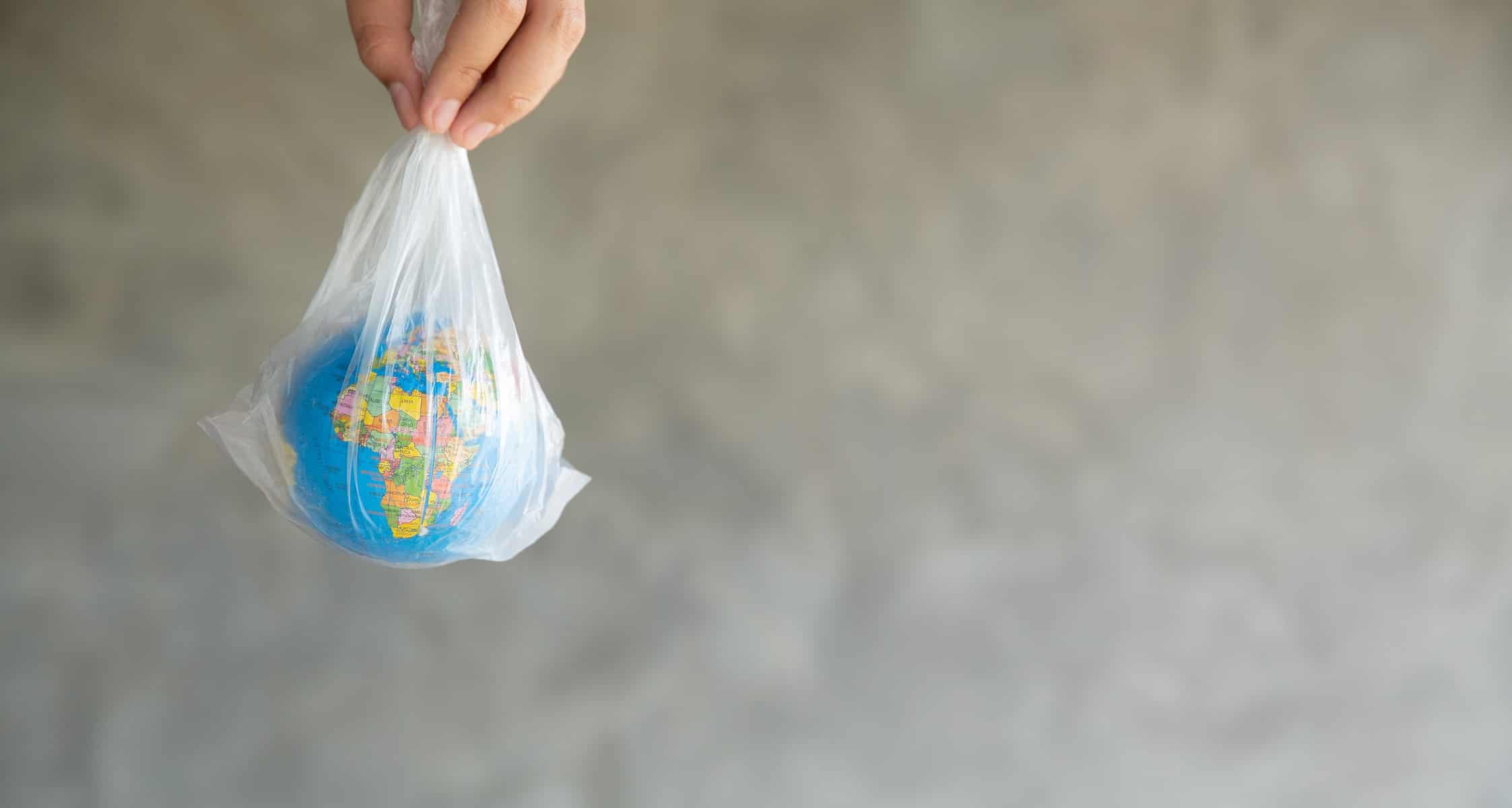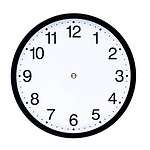[vc_row][vc_column][vc_message message_box_style=”solid” style=”square” icon_fontawesome=”fa fa-user”][grades_output][/vc_message][vc_message message_box_style=”solid” style=”square” icon_fontawesome=”fa fa-signal”][difficulty_output][/vc_message][vc_message message_box_style=”solid” style=”square” icon_fontawesome=”fa fa-pencil”][content_type_output][/vc_message][vc_message message_box_style=”solid” style=”square” icon_fontawesome=”fa fa-users”]Number of Participants: As many as in the class[/vc_message][vc_message message_box_style=”solid” style=”square” icon_fontawesome=”fa fa-sun-o”]Setting (Indoor / Outdoor): Any[/vc_message][vc_message message_box_style=”solid” style=”square” icon_fontawesome=”fa fa-clock-o”]Estimate Execution Time: 1-2 days[/vc_message][/vc_column][/vc_row][vc_row content_placement=”top”][vc_column][vc_tta_accordion style=”flat” shape=”square” color=”black” c_icon=”triangle” c_position=”right” active_section=”1″ no_fill=”true” collapsible_all=”true” css=”.vc_custom_1553242870130{border-radius: 1px !important;}”][vc_tta_section i_icon_fontawesome=”fa fa-snowflake-o” add_icon=”true” title=”Objective of Activity / Game” tab_id=”1561614655463-2f9a7f8e-f4ea”][vc_column_text]
- To teach students how harmful plastic is for our environment.
- To teach them to ‘reduce’, ‘reuse’,’ recycle’ and ‘refuse’ waste.
- To teach them the alternatives available to replace plastic.
[/vc_column_text][/vc_tta_section][/vc_tta_accordion][vc_tta_accordion style=”flat” shape=”square” color=”black” c_icon=”triangle” c_position=”right” active_section=”1″ no_fill=”true” collapsible_all=”true” css=”.vc_custom_1553242870130{border-radius: 1px !important;}”][vc_tta_section i_icon_fontawesome=”fa fa-snowflake-o” add_icon=”true” title=”Material Required and Attachments” tab_id=”MaterialRequired”][vc_column_text]
Plastic waste like waste disposable cups, bottles, waste plastic bags etc. (dry waste).
[/vc_column_text][/vc_tta_section][/vc_tta_accordion][vc_tta_accordion style=”flat” shape=”square” color=”black” c_icon=”triangle” c_position=”right” active_section=”1″ no_fill=”true” collapsible_all=”true” css=”.vc_custom_1553242870130{border-radius: 1px !important;}”][vc_tta_section i_icon_fontawesome=”fa fa-snowflake-o” add_icon=”true” title=”Activity Steps (How to Play?)” tab_id=”ActivitySteps”][vc_column_text]
-
Ask the students to collect dry plastic waste from their houses, neighbourhood and school. This would include used plastic bottles, disposable cups, used polythene bags, plastic straws, etc.
-
Ask them to make a list of all the different types of waste and the number of each item.
Fill the table below:
S.No.
Plastic Waste
Quantity
1)
Bottles
15
2)
Straws
30
- Students will realise the amount of plastic waste we generate every day.
- Now ask the students to make useful things or articles of decoration out of the waste plastic. For eg:- Plastic bottles can be used to make flower pots. In this case the student can use wet waste like fruit and vegetable peels as compost for the plant.
- Once done the students should gift these articles to their family members and neighbours from whom they had collected the waste.
- Ensure that the material used for packaging these is biodegradable like waste newspaper.
- The students should become ‘ Say no to plastic ambassadors’ and tell the family members and neighbours to whom they gift these about the negative effects of plastic on the environment.
- Ask the students also to suggest alternatives to plastic. For eg;- people should carry their own cloth or jute bags to the market, instead of asking for polythene bags.
[/vc_column_text][/vc_tta_section][/vc_tta_accordion][vc_tta_accordion style=”flat” shape=”square” color=”black” c_icon=”triangle” c_position=”right” active_section=”1″ no_fill=”true” collapsible_all=”true” css=”.vc_custom_1553242870130{border-radius: 1px !important;}”][vc_tta_section i_icon_fontawesome=”fa fa-snowflake-o” add_icon=”true” title=”Discuss and Reflect (at the end of game / activity)” tab_id=”DiscussReflect”][vc_column_text]
- Ask students to reflect on how much plastic do we use everyday? Students observe the large amount of plastic waste generated in our environment. This observation will have a greater impact on them rather than facts from their textbooks, since they see the waste plastic generated in their environment themselves.
- Ask them to think of innovative solutions to ‘reduce’, ‘reuse’, ‘recycle’ and ‘refuse’ plastic.
[/vc_column_text][/vc_tta_section][/vc_tta_accordion][vc_tta_accordion style=”flat” shape=”square” color=”black” c_icon=”triangle” c_position=”right” active_section=”1″ no_fill=”true” collapsible_all=”true” css=”.vc_custom_1553242870130{border-radius: 1px !important;}”][vc_tta_section i_icon_fontawesome=”fa fa-snowflake-o” add_icon=”true” title=”Guidance for Educators” tab_id=”GuidanceForEducators”][vc_column_text]
- Be careful to guide students to avoid wet plastic since that might lead to infections.
[/vc_column_text][/vc_tta_section][/vc_tta_accordion][vc_tta_accordion style=”flat” shape=”square” color=”black” c_icon=”triangle” c_position=”right” active_section=”1″ no_fill=”true” collapsible_all=”true” css=”.vc_custom_1553242870130{border-radius: 1px !important;}”][vc_tta_section i_icon_fontawesome=”fa fa-snowflake-o” add_icon=”true” title=”Tips and variations” tab_id=”1562131046375-c3febc84-5d8d”][vc_column_text]
- The activity can alternatively also be done with E-waste. For eg:- students can make pen stands with waste CDs.
- The activity can also be done with waste paper. Students can recycle paper and make notebooks from recycled paper, (in case the school has a recycling machine). They can also make paper bags for shopping out of waste newspapers.
- Likewise many different kinds of waste materials can be used like fruit and vegetable peels, pencil shavings, waste matchboxes, etc.
[/vc_column_text][/vc_tta_section][/vc_tta_accordion][vc_tta_accordion style=”flat” shape=”square” color=”black” c_icon=”triangle” c_position=”right” active_section=”1″ no_fill=”true” collapsible_all=”true” css=”.vc_custom_1553242870130{border-radius: 1px !important;}”][vc_tta_section i_icon_fontawesome=”fa fa-snowflake-o” add_icon=”true” title=”Reference / Good Reads” tab_id=”References”][vc_column_text]
Facts about Plastic Waste
- In the last 70 years, 8.3 billion tonnes of plastic have been produced in India.
- Of the 8.3 billion tonnes of plastic produced, 6.3 billion tonnes have been discarded.
- Every year, nearly 13 million tonnes of plastic waste are added to oceans. Given their durability plastics do not decompose.
- “ A plastic bottle takes between 450-1000 years to decompose.”
- Nearly 50% of plastics used are single use products such as bottles, plastic bags, packaging, straws, stirrers, spoons and forks. Around the world, 1 million plastic drinking bottles are purchased every minute. Every year we use up to 5 trillion disposable plastic bags.
- Plastic waste leads to destruction of ecosystems, threat to lives of cattle and also enter our food systems.
( Source: https://economictimes.indiatimes.com)
[/vc_column_text][/vc_tta_section][/vc_tta_accordion][/vc_column][/vc_row]




